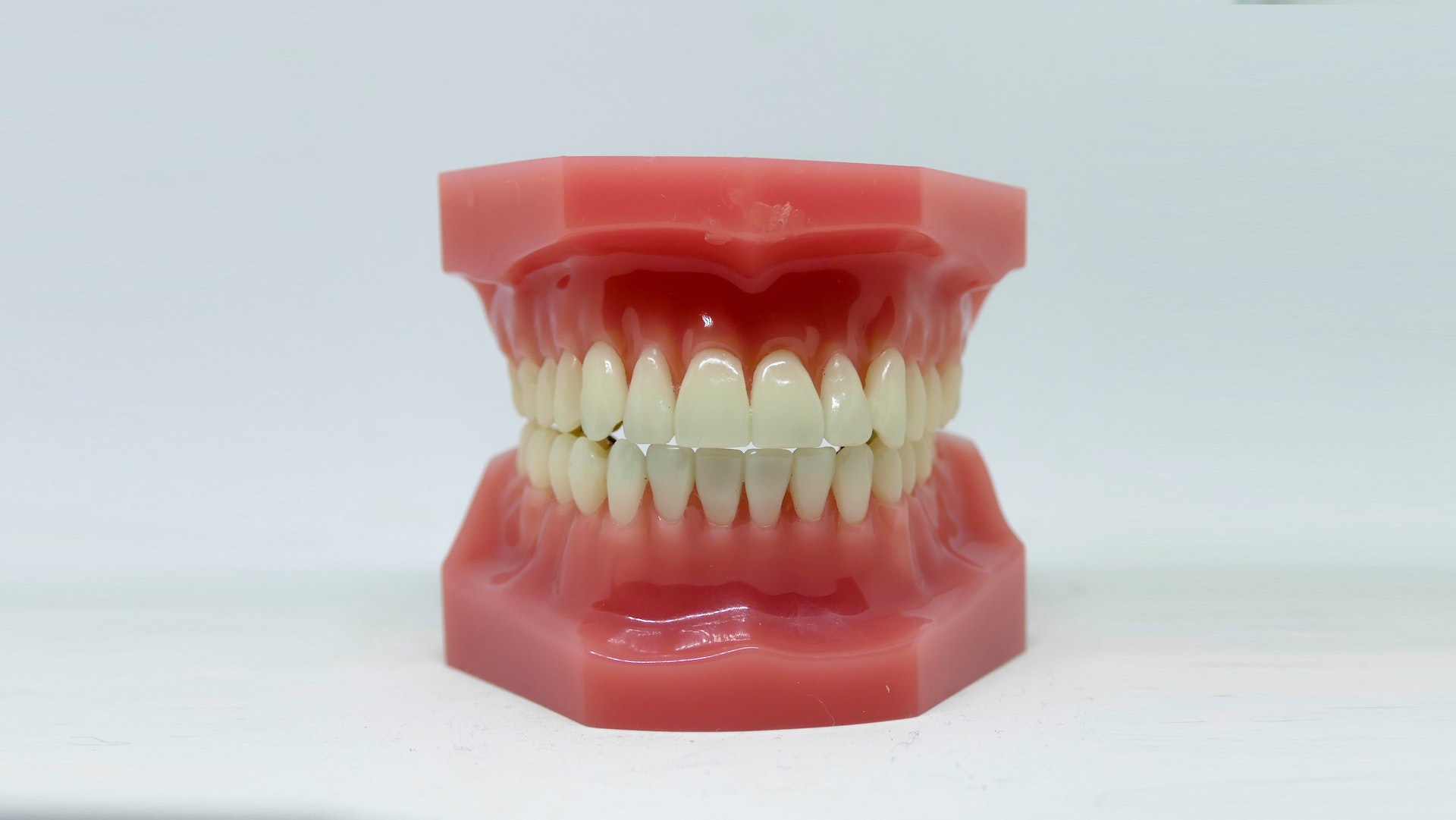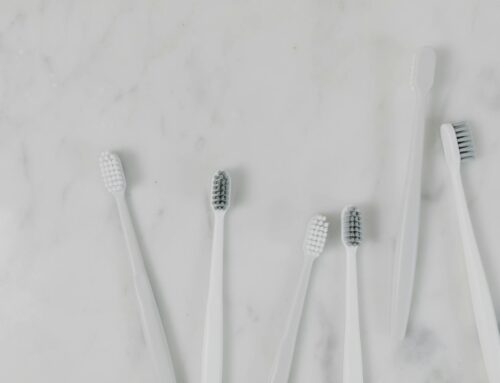Researchers have attempted to find out why some people are more prone to tooth decay than others. It is something that has caused confusion for many years. Now, researchers have studied enamel composition, with the belief that this may be a key part of explaining this occurrence.

In life, one of those strange and unexplained phenomena’s is that some humans appear to be more likely than others to experience tooth decay.
It is something that has puzzled biologists, scientists, chemists, clinicians and healthcare professionals for many years. For those who are more prone to tooth decay, it is also a source of understandable annoyance.
However, a team of researchers have looked into this situation, and have found that the structural differences in enamel composition may play a key role in determining how prone someone is to tooth decay [1].
Tooth Decay
Tooth decay is where the tooth becomes damaged. It happens when dental plaque turns sugars into acid, which builds up and eventually causes teeth to decay by eating into the enamel [2].
Symptoms include toothache, holes appearing in the teeth, tooth sensitivity, bad breath and sometimes an unpleasant taste in the mouth [2].
Tooth decay is the main cause of cavities. Statistics show that over 90% of adults in the United States have had at least one filling [3].
Based on the above difficulties, it is clear why we all try to avoid tooth decay. Therefore, studying enamel is a priority for researchers.
The Research
The research was conducted by an interdisciplinary team of researchers at Northwestern University. Subsequently, their findings were published in the Proceedings of the National Academy of Sciences journal [1].
Enamel is a very complex material for scientists. Its robust nature makes it difficult for scientists to have a thorough understanding of the formation of teeth.
With this in mind, the researchers sought to understand the structure of enamel, and its role in human health. The study involved analyzing three healthy teeth from human adults [1].
The research team used X-ray diffraction technology, which offered the researchers a chance to look in detail at the structure, size, crystallinity, and defects of the enamel of these three teeth [1]. The researchers compared them using advanced technology.
To put into context the scale in which the researchers were looking at the enamel, they looked in “picometers” – with 1 picometer equalling one trillionth of a metre!
Therefore, the researchers had a very close look. They were able to observe tiny differences in enamel, which could be linked to the presence of ions like magnesium, sodium or carbonate [1].
The researchers found that these tiny differences could be linked to outcomes in how prone people are to bad oral health. The exact composition of the ions that make up enamel can certainly affect a person [1].
The Future
The findings of this study show that minor differences in enamel composition can impact how prone some people are to oral health problems. The exact composition of the ions and their effect isn’t entirely known yet.
Indeed, Stuart Rock, a Research Professor at Northwestern University, said that the initial findings have “raised more questions than we started with” [4]! But Rock said that the initial results show “there’s something going on here”, but that more work is needed [4].
However, the techniques used in this study are expected to pave the way for further research in the future, which may be able to find the impact exact ion combinations have. The researchers are hoping that further research could result in an understanding of how tooth enamel develops [4].
This would help scientists who are attempting to find a way of stopping tooth decay before it begins. Therefore, this research is very positive, and while it has raised many questions for researchers, it should certainly have a positive long-term effect on oral health.
Thinking points…
1) Tooth decay is a gradual process that worsens over time. This highlights the importance of attending routine dental check-ups. At a check-up, a dentist can look at the state of your mouth, and look for signs of decay. If treatment is needed it can be arranged. We recommend booking an appointment now!
2) Some people are naturally prone to having more teeth difficulties. Then there are others who are at high risk – those taking medicines that cause dry mouth, those with a high-sugar diet, and anyone else with oral issues. For this population, having strong oral hygiene is of the utmost importance. As part of having strong oral hygiene, you should attend regular dental check-ups, as any problems can be identified. Why not book one now?
What we offer at Taradale Dental
Taradale Dental is a Calgary dental clinic that provide a wide range of dental services
It is very important to have excellent oral hygiene. This involves brushing your teeth at least twice a day, flossing regularly and eating healthily. Therefore, this should help your oral health.
We advise our patients to attend our Calgary dental clinic at least twice per year for a regular dental check-up. At these check-ups, we provide our patients with advice, and look for any problems. If problems are found, we have many treatments available. For example, these include cavity fillings and root canals.
Here at Taradale Dental, we also have some cosmetic treatments available! These include dental implants, teeth whitening and Invisalign™! Many people find that these treatments have a positive impact on their appearance, confidence and self-esteem.
Moreover, all of our services at our Calgary dental clinic Taradale Dental are set in line with the Alberta Dental Fee Guide. This ensures transparent and fair pricing.
We hope to see you soon at our Taradale Dental clinic in Calgary! You can find out more about us by visiting our website https://taradaledental.ca.
References
[1] Free, R., DeRocher, K., Cooley, V., Xu, R., Stock, S. R., & Joester, D. (2022). Mesoscale structural gradients in human tooth enamel. Proceedings of the National Academy of Sciences. 119 (52): e2211285119. DOI: https://doi.org/10.1073/pnas.2211285119.
[2] NHS. (2021). Tooth decay. Available: https://111.wales.nhs.uk/Toothdecay/. Last accessed: 23rd December 2022.
[3] National Institute of Dental and Craniofacial Research. (2022). Dental Caries (Tooth Decay) in Adults (Ages 20 to 64 Years). Available: https://www.nidcr.nih.gov/research/data-statistics/dental-caries/adults. Last accessed: 23rd December 2022.
[4] Northwestern University. (2022). Variety in enamel composition may predict later tooth health. Available: https://medicalxpress.com/news/2022-12-variety-enamel-composition-tooth-health.html. Last accessed: 23rd December 2022.



[…] Researchers Have Studied Enamel Composition, With the Belief That This May Be a Key Part of Why Some People Are More Prone to Tooth Decay Than Others […]